Jim’s objective is to maximise kilos of lamb per acre produced solely from forage on his tenanted, unit at Aston Bank, Stafford where he has established a 400 ewe Aberfield cross flock. This season his April born lambs sired by the Abermax terminal sire, have averaged 0.48kg daily liveweight gain (DLG) in their first eight weeks, and the entire crop is on course to finish at 19kg target weight within 16 weeks. Rearing rate is scheduled at 175%.
“2013 was my first year lambing sheep, they were in fact ewe lambs and I was really pleased with performance. The crop of Abermax cross Aberfield lambs averaged 0.35kg DLG and achieved 18.9kg at 14 weeks, all lambs graded within the R3L specification and every single lamb was away finished within 16 weeks. This season performance is considerably better, however I think there’s still potential to push growth rates to an average 0.5kg DLG.
“The unit has very average permanent pasture offering 9t DM/ha and 18% protein that I’m grazing on a rotational basis stocked at 15 ewes and lambs per acre and reduced to lower rates in later in the year when deferred grazing is introduced. I’m basically mob stocking NZ style in spring and early summer, moving the fence weekly and taking grass from 10cm to 5cm. I’ve just started an annual reseeding programme with a high sugar perennial rye clover mix which should be able to offer 14t DM and 25% protein and subsequently improve growth rates. I’m aiming to reseed 20% of the farm each year using forage rape as a break crop for grazing replacements over the winter.”
A farm manager’s son, Jim always had an ambition to farm in his own right. After graduating from Harper Adams University 10 years ago, he gained further practical livestock experience in New Zealand, built up capital from a contracting business and eventually applied for the Aston Bank Staffordshire County Council small holding tenancy. “I was lucky it was the first I’d applied for. A former dairy unit, the infrastructure required a huge amount of capital to continue dairying, and TB is very apparent in the area so instead I opted for a sheep enterprise as it requires less capital and frees up more time for off farm contracting. Sheep have such low capital cost requirements and provide a relatively quick cash flow.
“I’d heard of Innovis genetics, did some research and initially invested in 90 Aberfield cross lambs. Not only did I like the performance, in particular high growth rates as well as ease of management, especially lambing, but the fact Innovis sheep are backed by science. Every single ewe is performance recorded and accompanied by a set of EBVs. So far they are ‘doing what it says on the tin’ and enabling me to run a high output low input system,” he explains.
The ewes are grazed on grass throughout, and mineral blocks are the only form of supplement fed pre lambing. The shearlings lamb outdoors in late April, whilst the ewe lambs are housed for 24 hours, pre and post lambing. “This year literally 95% of the shearlings lambed within three weeks, they make good mothers, the lambs are lively and I leave them to grow away.
“Fast finishing off grazed grass reduces total inputs – the number of drenches and subsequent number of gathers to two, and in turn frees up the remaining grass for other purposes.”
“My goal is to grow the flock to 700 ewes and eventually to 1,000 ewes, a manageable size for one person,” he says adding: “To succeed in farming, then I think we all have to become increasing efficient, and for the sheep sector, the tools are emerging to do the job well. Innovis has taken a lead in sheep genetics, whilst grass varieties also being selected for productivity and grassland management is becoming more precise. In addition, the marketplace is looking more favourable with fewer imports and more export opportunities.”
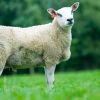 Innovis 2015 Show Dates!
Innovis 2015 Show Dates!
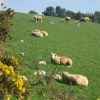 Early Lambing underway in Nucleus Flocks
Early Lambing underway in Nucleus Flocks
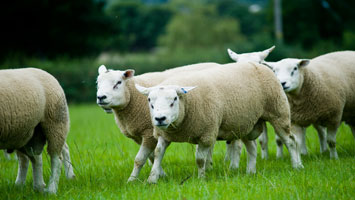
“So far so good during the first lambing season in which the new damline has more than met with expectations,” he explains. “The Aberdale cross Swaledale shearlings produced 13%...
Jim Campbell – Aberdale
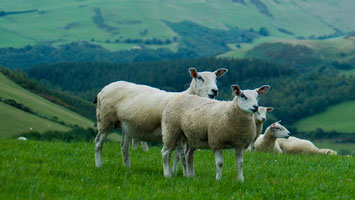
“Combine carefully selected Innovis genetics with detailed attention to management, and I don’t know of any other livestock enterprise that could beat sheep in terms of profitability for a starter..."
Jim Beary – Aberfield
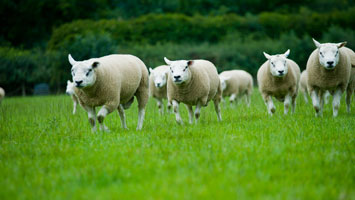
“We’re having a trial run over a portion of the flock. Our first draw of Primera cross lambs reached 19kg target finishing weight at 11 weeks, both the twin Primera and Abermax cross lambs..."
James Teasdale – Abermax